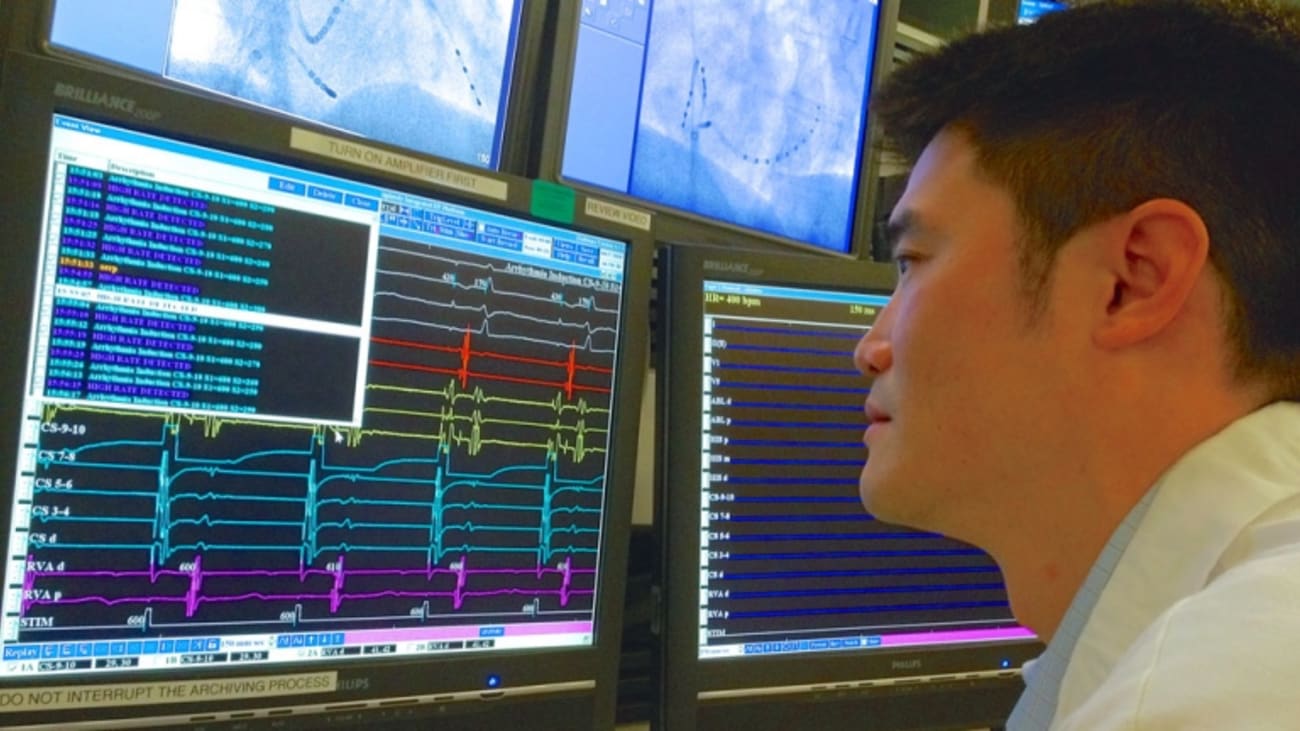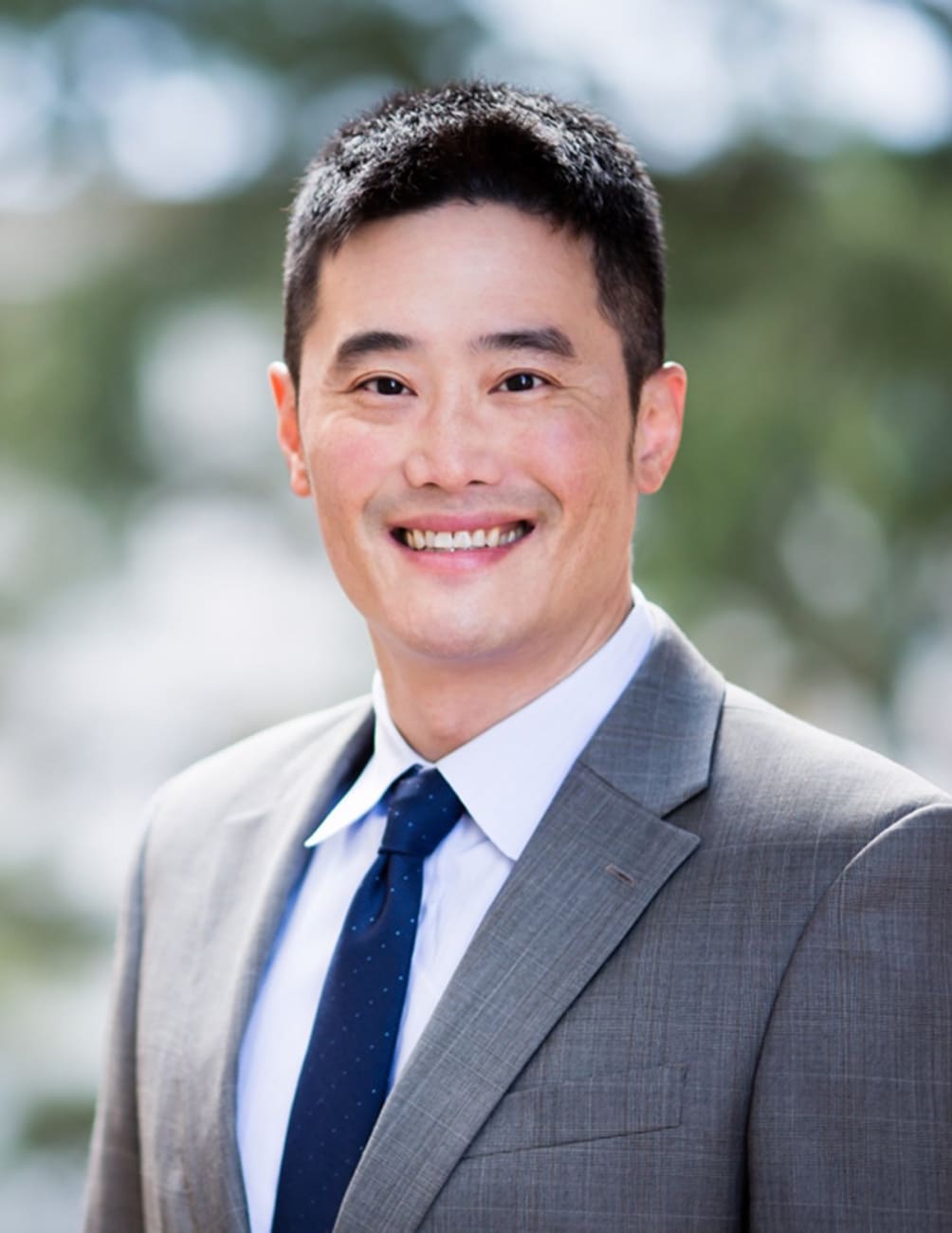

Forty percent of deaths attributed to cardiac arrest are not sudden or unexpected, and nearly half the remainder are not due to lethal arrhythmias, according to a landmark study by researchers at UC San Francisco and the City and County of San Francisco Office of the Chief Medical Examiner.
Zian H. Tseng, MD, MAS
For the POstmortem Systematic InvesTigation of Sudden Cardiac Death (POST SCD) study – the first and only prospective postmortem study of all SCDs in an entire community – researchers identified 912 cases in San Francisco County over a three-year period in which the individual died of an apparent out-of-hospital cardiac arrest (OHCA). By examining comprehensive medical records and investigation reports of the scenes of death from 896 (98 percent) of those cases, researchers found that only 541 individuals — or 59 percent — even met the conventional definition of SCD set by the World Health Organization (WHO), a definition that does not require autopsy confirmation of underlying cause of death. The team then added autopsy, toxicology and histology data from 525 cases (97 percent autopsy rate) and found that only 60 percent of the deaths had an actual cardiac cause, and only half of the 525 lives would likely have been saved by a defibrillator.
"Until I embarked on this unique partnership with Dr. Ellen Moffatt, the San Francisco medical examiner, it didn't dawn on me to ask the forensic pathologists who investigate sudden deaths about what they found, and how I could feed that back to my practice," said Zian H. Tseng, MD, MAS, cardiologist and cardiac electrophysiologist at UCSF and principal investigator on the POST SCD study.
Non-cardiac causes of sudden death revealed
Of the cases examined in the study, researchers found notable non-cardiac causes of sudden death. For example, 13.5 percent of deaths in the initial cohort were due to occult overdose, with lethal opioid levels in 61 percent of those cases. In the extended cohort, 23 percent of sudden deaths were caused by occult overdose, a finding of concern in light of the ongoing opioid epidemic, as deaths caused by overdose worldwide may be hidden among those attributed to cardiac arrest by paramedics if toxicology tests are not performed.
The second most common non-cardiac cause (more than 5 percent) of the sudden deaths was a fatal neurologic event such as stroke, bleeding in the brain or Sudden Unexpected Death in Epilepsy (SUDEP). Tseng is partnering with Anthony Kim, MD, MS, a vascular neurologist and medical director of the UCSF Stroke Center to study this newly identified phenomenon that they have dubbed "sudden neurologic death."
“Our findings demonstrate the poor accuracy of our current, widely adopted definitions for SCD, which essentially are a presumption of cardiac cause,” said Tseng. “Restricting all such deaths to autopsy-confirmed cardiac causes, we found a lower prevalence of coronary disease and an increasing prevalence of causes not involving reduced blood flow to the heart.”
SCD is more than twice as likely to occur in those with HIV
The HIV POST SCD study, a specially designed sub-study, found that SCD is more than twice as likely to occur in individuals infected with HIV than in those without known HIV infection. The rate of interstitial myocardial fibrosis (microscopic scarring of the heart) was also higher in those who are HIV-positive, a factor that may play a role in increasing their susceptibility to SCD. In addition, the HIV POST SCD study revealed that one-third of apparent SCDs in HIV-positive persons were due to occult drug overdose, a rate nearly three times greater than for sudden death in uninfected persons.
“We found that the rate of sudden death is more than twice as high among persons with HIV,” said Tseng. “If you narrow the focus to sudden death caused by heart arrhythmias, the rate in this study was 87 percent higher.”
Priscilla Hsue, MD, chief of the Division of Cardiology at Zuckerberg San Francisco General Hospital and Trauma Center, is a co-author of the recent article on the HIV POST SCD study. “I would hypothesize that the interstitial myocardial fibrosis likely represents a systemic impact of chronic HIV infection,” she said. “Therapeutic strategies to reduce fibrosis will be an important area for investigation moving forward. To me, this represents a truly unique study that highlights the multidisciplinary collaborations at UCSF,” Hsue added.
Tseng and Hsue hope to develop improved prevention guidelines for patients with HIV, such as specific criteria to implant a cardiac defibrillator in this high-risk population.
Problems uncovered in 50 percent of SCD cases with a cardiac device
The POST SCD study team found that more than 4 percent of the SCDs occurred in those who had a pacemaker or implantable cardioverter defibrillator (ICD). After examining the devices that had been removed from the deceased, the team identified device problems in half the cases – four pacemakers and seven ICDs –including hardware failures, device algorithm issues, device programming issues and improper device selection.
“This rate of failure is much higher than the device companies publish,” Tseng said. “In my practice, these findings have influenced how I select and program devices, which are our main tools to prevent SCD in patients. The problems we found leading to failure are the highest priority to solve, so we are working with device companies to improve the design of their devices,” he added. “I hope to partner with the FDA to continue our unique investigations into device problems that would be missed without autopsy.”
Common factors seen in those who survived sudden cardiac arrest
In a recent extension of the POST SCD study to include resuscitated victims of sudden cardiac arrest (SCA), half were resuscitated to hospitalization and only one in five of those survived to discharge. Arrhythmic cause predicted survival, but nearly half of non-survivors had SCA due to causes that were not addressed by defibrillators or other cardiac measures. Most notably, 20 percent of the non-survivors suffered neurologic catastrophe that was 100 percent fatal despite initial resuscitation. Early identification of non-arrhythmic SCAs, such as these neurologic emergencies, may help to improve OHCA survival. “We want to save the SCA victims with non-cardiac causes not addressed by our current paramedic protocols. These are half of the cases,” said Tseng.
New molecular studies of precise causes of sudden cardiac death
Tseng recently received new NIH funding to move into the next phase of POST SCD: to study the genetics and molecular causes of SCD. “The major goal of POST SCD was to understand the actual underlying causes of all SCDs in our community,” said Tseng. “With this precise understanding, we can then perform the most accurate genetic studies to date for this lethal condition.”
New UCSF initiative for those at risk for sudden death
Armed with the knowledge of the precise causes of SCD, Tseng and his colleagues have launched the Family Sudden Death Risk Initiative to risk-stratify people with a strong family history of sudden death.
“We're moving into this new frontier of how to prevent these sudden deaths in surviving family members and others by first identifying their actual causes such as stroke, heart attack or vascular damage,” said Tseng. “This allows for a precision approach to prevention.”
To learn more:
UCSF Cardiac Electrophysiology and Arrhythmia Service
Phone: (415) 353-2554 | Fax: (415) 353-2528
UCSF Cardiovascular Genetics Program
Phone: (415) 353-2873 | Fax: (415) 353-2528



